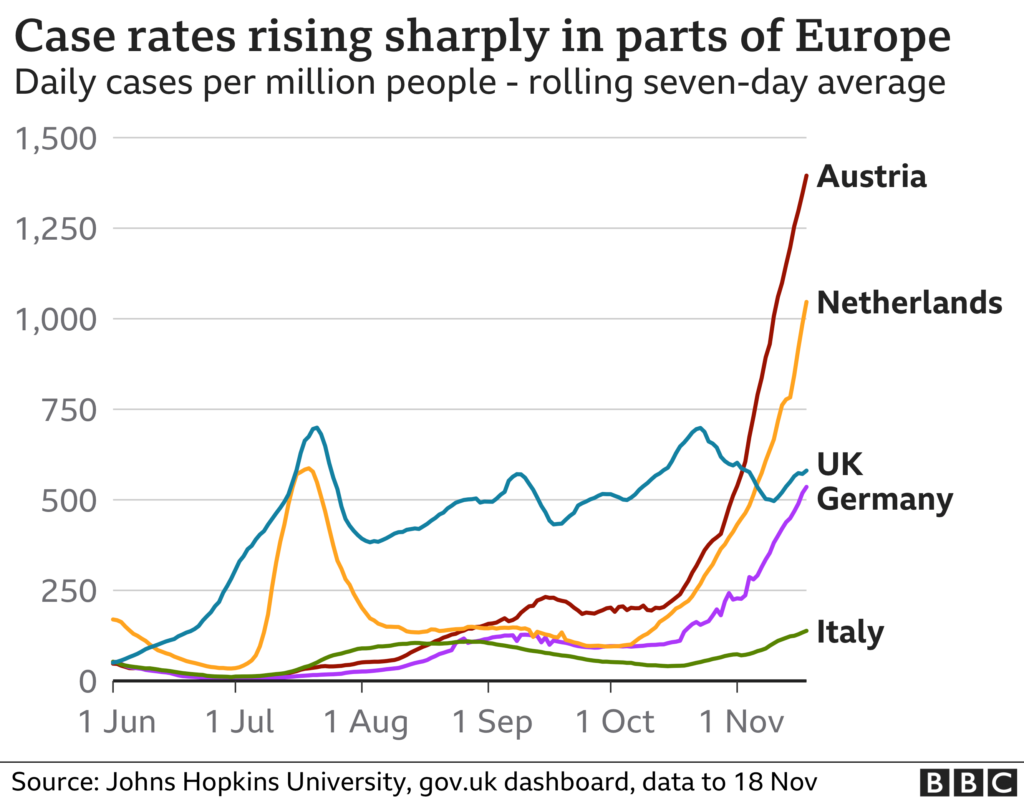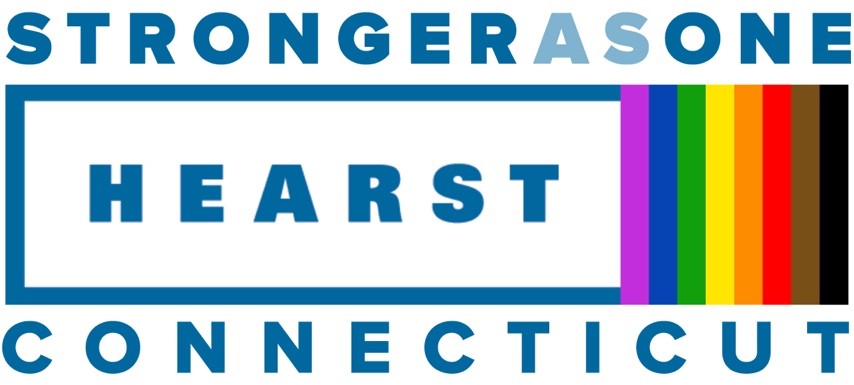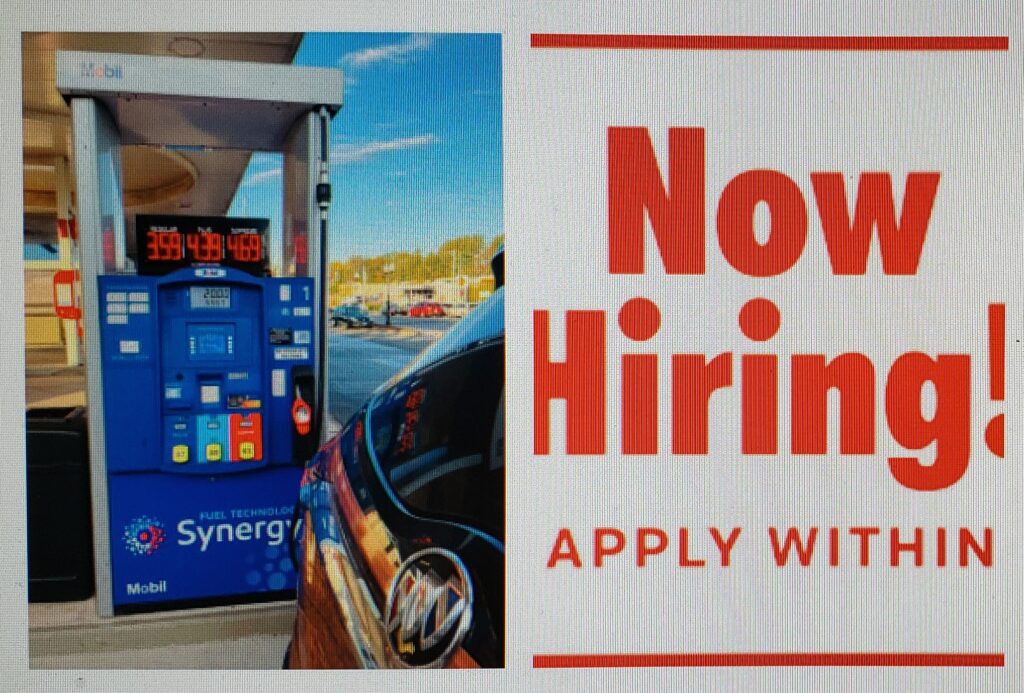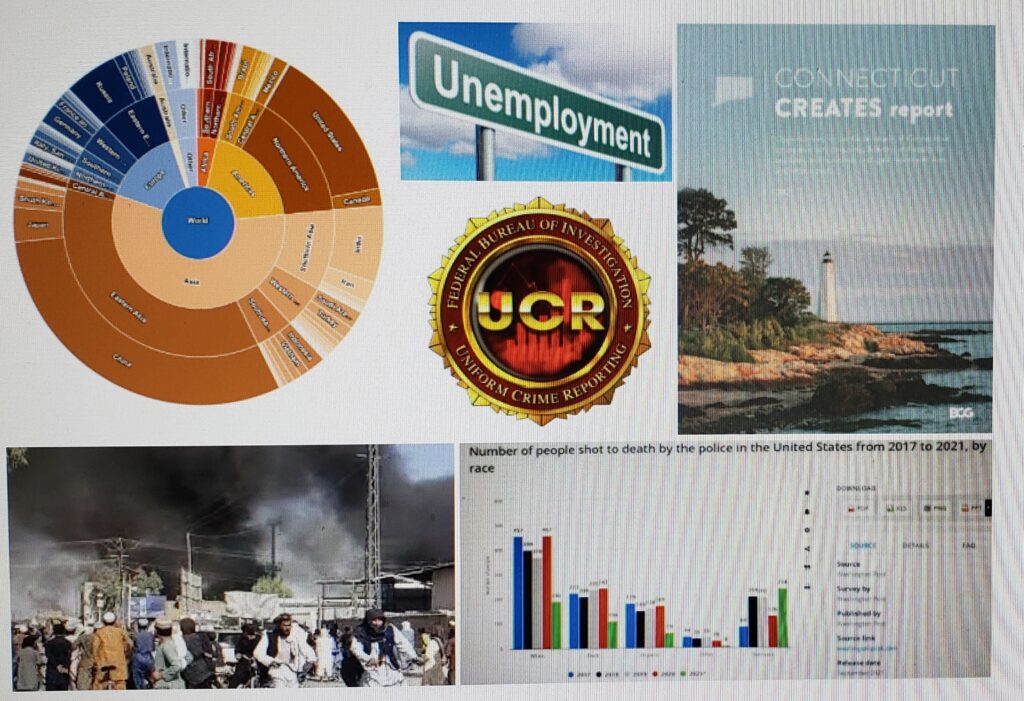We just lost an unlosable war. Over the last five years, with relatively modest military resources and extremely low casualties – less than 70, we’ve been able to maintain relative stability in Afghanistan. Then, Biden pulled the plug.
Now, Afghanistan is a disaster, a stain on U.S. honor and values, and a defeat with incalculable costs for ongoing U.S. foreign policy.
While the Pentagon stopped releasing troop levels in 2017, the last reported level was about 10,000, although the AP reports that the Trump Administration planned as many as 14,000 troops in 2017. Yet the low casualty levels imply a general decline.
A military mission requiring 10,000 or fewer troops and involving such a low casualty rate is not a failure, quite the opposite. And how did Biden lose sight of the original mission? Now, how do we prevent Afghan-based terrorists from staging another attack on the USA or a key ally?
Afghanistan has been misconceived. It has been characterized as an unwinnable war, and the seemingly logical conclusion reached that it should be ended, because unwinnable wars are fruitless endeavors. That’s wrong. We did not need to win.
Have we won the Korean War? Almost three-quarters of a century after Korean hostilities ended, Korea is still divided. We haven’t defeated the communists in the North. Should we pull the plug?
We have stationed tens of thousands of U.S. troops there -- 23,000 troops today -- ever since the early 1950s. Today, South Korea is an inspiring success, a vibrant economy and society, and an important strategic ally.

















